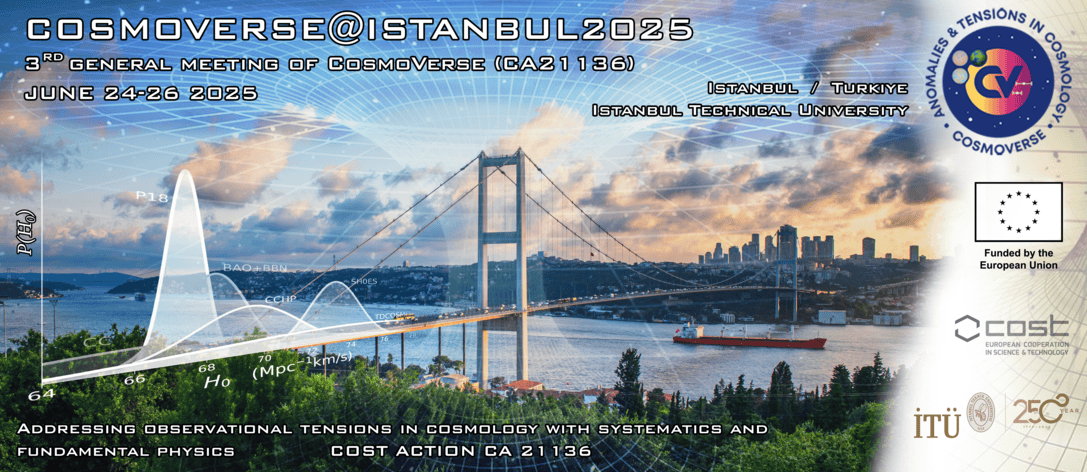Speaker
Description
Hydrodynamic simulations will be instrumental in attempting to resolve cosmological tensions such as the $S_8$ tension as they can assist with modelling key sources of uncertainty such as galaxy bias. However, for these purposes, the simulations need both large box size and high resolution, which is computationally prohibitive. In this work we instead use the connection between galaxies and their host dark matter halo to populate a dark-matter-only simulation. We use the Extremely Randomized Trees machine learning algorithm with the FLAMINGO suite of simulations - a set of hydrodynamic and counterpart dark-matter-only simulations with box side length ranging from 1-2.8 Gpc and particle mass from $10^8M_{\odot}$ to $10^{10}M_{\odot}$. We use a two-tiered model that decides whether or not a halo hosts a galaxy, then models the stellar mass of said galaxy. We find that this method produces reliable results not only for the total stellar mass and correlation functions of galaxies, but also models the distribution of stellar masses within haloes of a give mass with higher accuracy than the standard approaches used to date.

